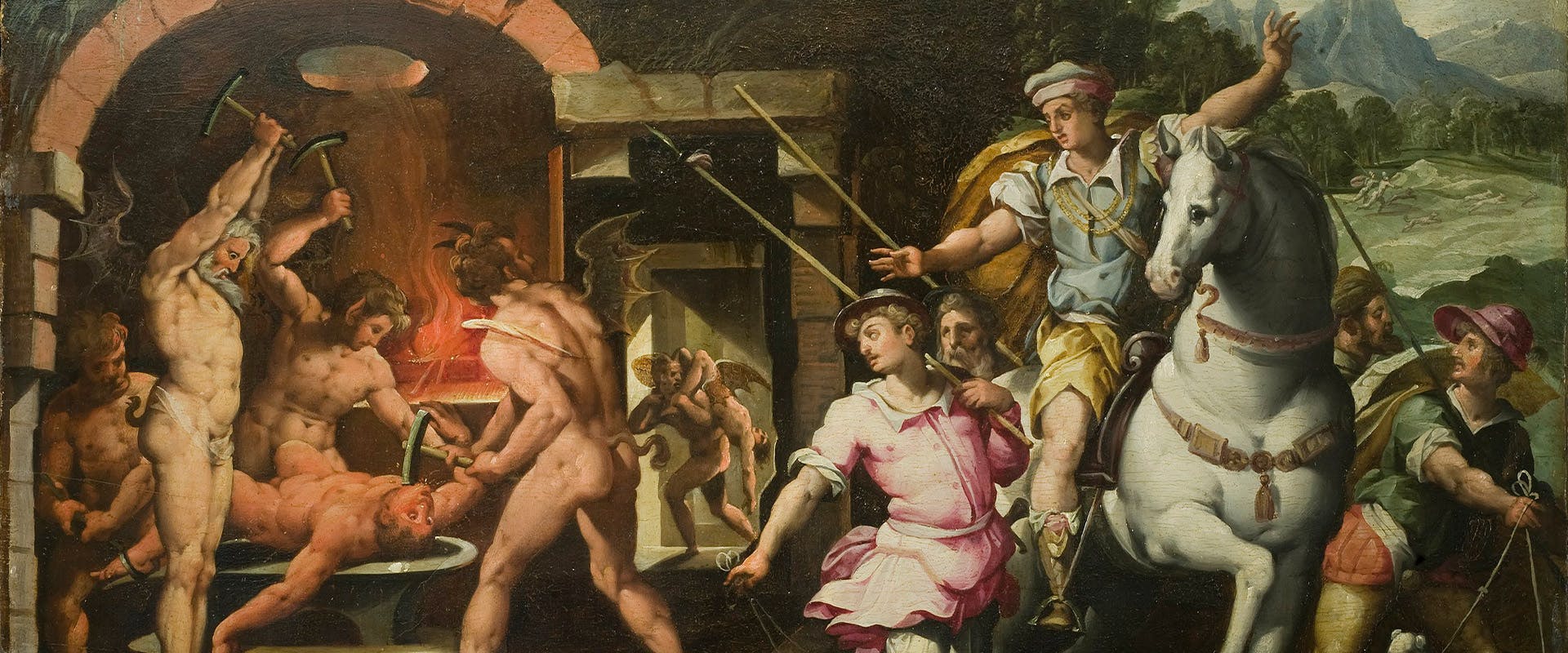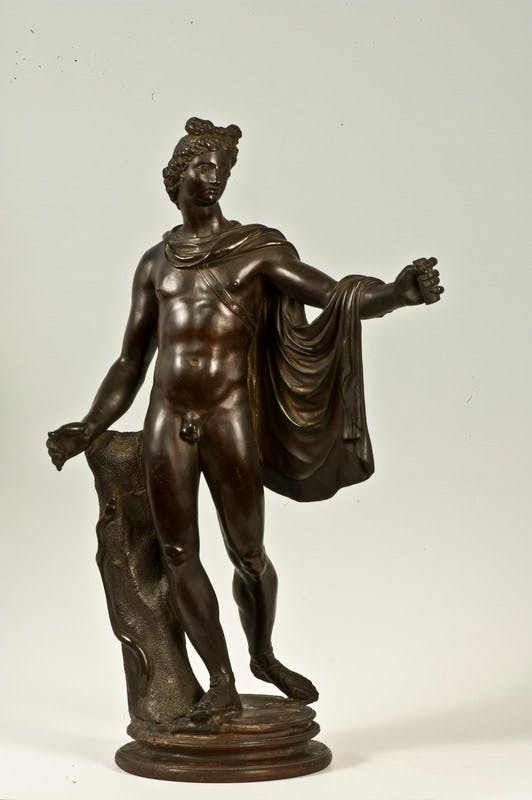Vasari, the Uffizi and the Duke
The transformation of the Uffizi complex into a triumphant architectural statement of centralised political power.
Florence pays tribute, on the five-hundredth anniversary of his birth, to a great genius of the sixteenth century: Giorgio Vasari (1511-1574). The exhibition, entitled Vasari, the Uffizi and the Duke, highlights the close relationship between the Grand Duke Cosimo I de’ Medici and his favourite artist, which then led to the foundation of a building complex unparalleled in the world: The Uffizi.
Standing in the heart of the city, where it reflects the absolutist and centralising policy of Cosimo I, the complex was designed to house Florence’s administrative seat and its guilds’ headquarters under a single roof. The memory of this original destination lives in the name of the Uffizi, literally “offices”. The building is in fact an emblematic fragment of a new city, sealing into a single organism the two ducal residences of Palazzo Vecchio (the seat of government) and the Pitti Palace beyond the Arno, impressing upon the city the physical presence of Power in the shape of architecture.
Vasari was a painter, architect and court artist to Tuscan ruler Cosimo I de’ Medici. His vision was key to the evolution of Cinquecento Florence where his major achievements were the design of the Uffizi and the decoration of the Palazzo Vecchio.
The exhibition focuses on the fruits of Vasari’s rapport with his patron, Cosimo I. Through paintings, drawings, sculptures, architectural models and multimedia installations, the exhibition charts the transformation of Florence into the central hub of a unified territory, similar to the capital city of a modern state.
In true Renaissance spirit, Cosimo’s thirst for power went hand in hand with a passion for the arts. He also gathered about him the region’s finest artists, including Jacopo Pontormo, Bronzino, Benvenuto Cellini and Baccio Bandinelli. It was a competitive ambience and Vasari took years to win entry to Cosimo’s inner circle. The artistic consolidation of Vasari, which went hand-in-hand with his political legitimisation, was driven not only by his artistic activity, but also by his work as a historian.

